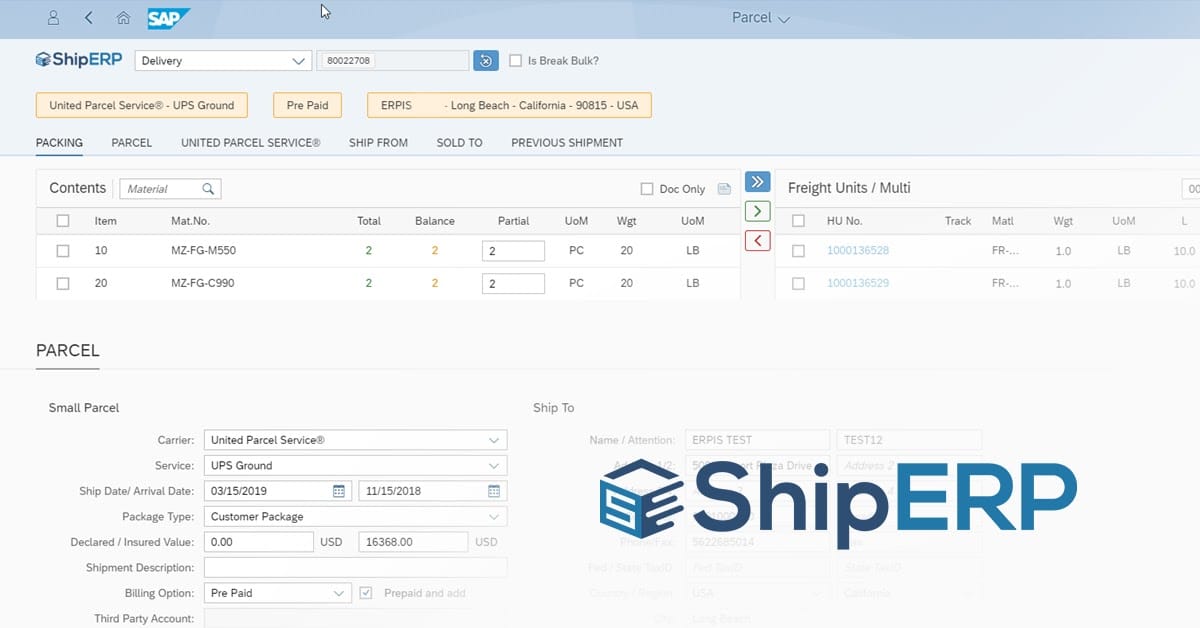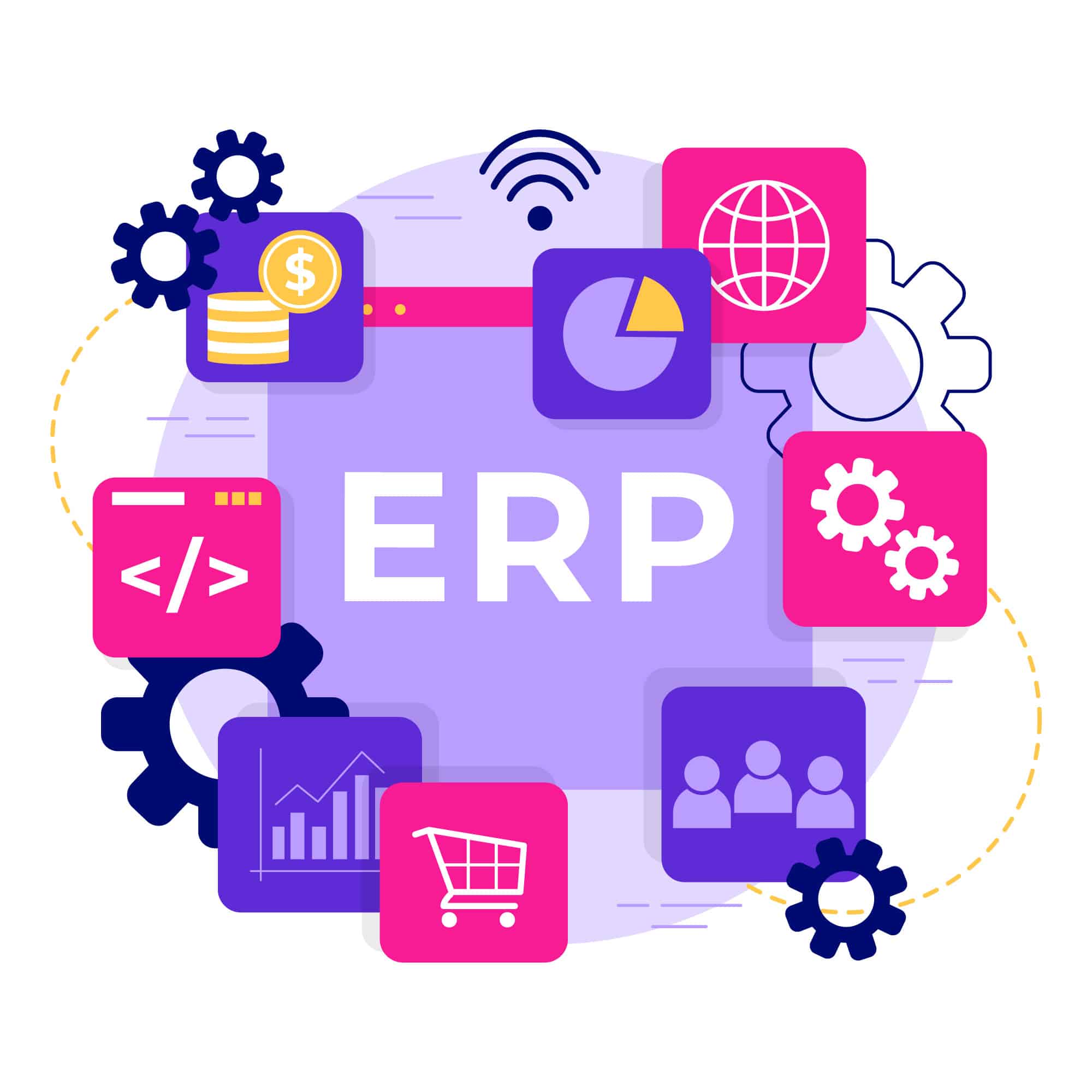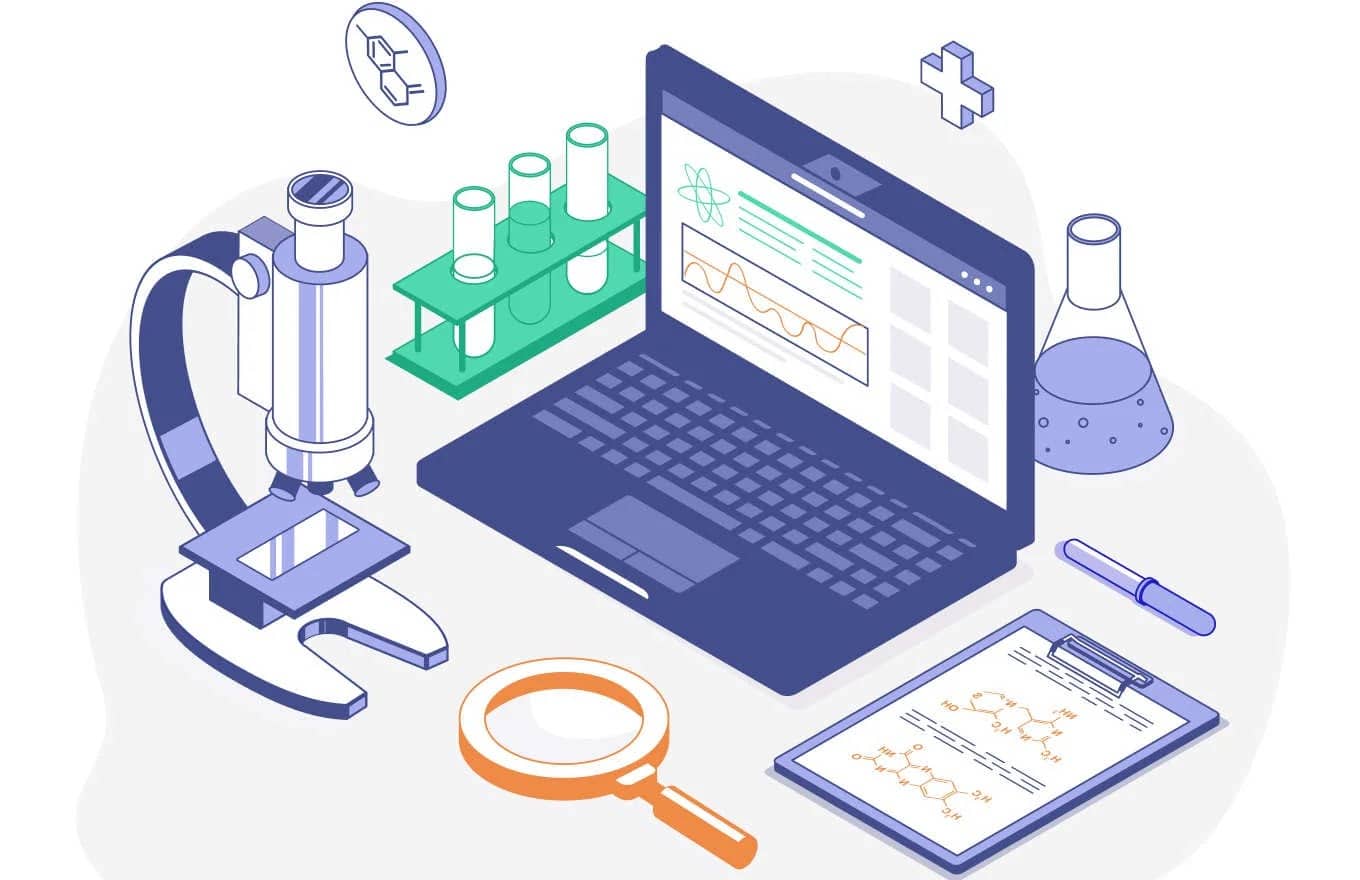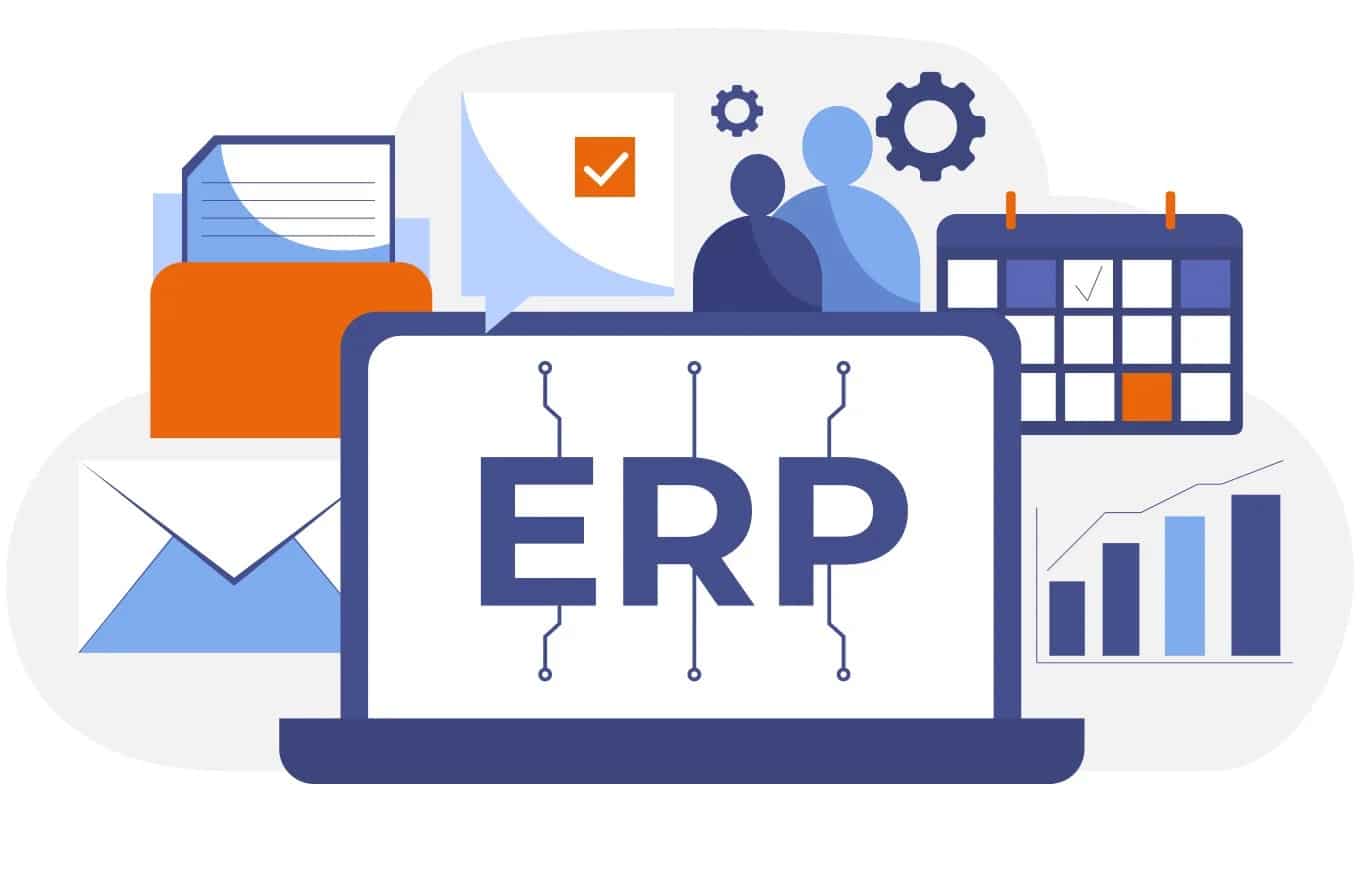Education is the cornerstone of society, shaping the minds of future generations. To ensure smooth and efficient operations, educational institutions require robust management systems. This is where software erp académico comes into play. In this article, we will delve into the world of software ERP académico, exploring its significance and key features that make it an indispensable tool for educational institutions.
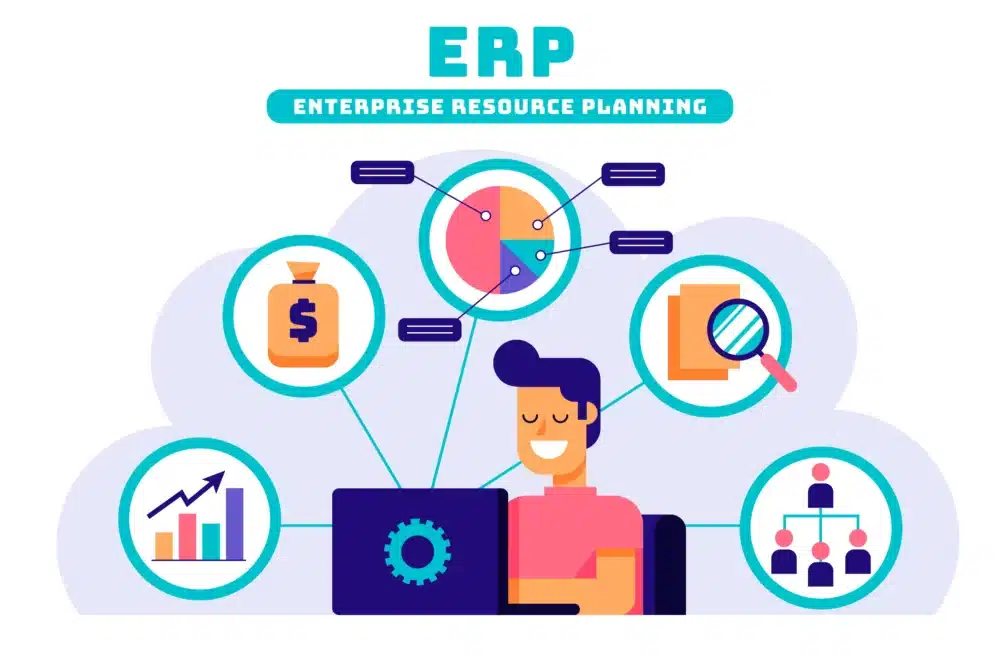
Defining Software ERP Académico
Software ERP académico, also known as Academic ERP software, is a comprehensive management system designed specifically for educational institutions. It integrates various modules and functionalities to streamline administrative processes, enhance communication, and optimize resource management.
The Importance of Software ERP Académico
Educational institutions face numerous challenges in managing their day-to-day operations. From student information management to academic performance tracking, enrollment processes, and financial management, the tasks can be overwhelming. Software ERP académico simplifies these processes by providing a centralized platform that automates and streamlines administrative tasks, saving time and effort.
With software ERP académico, educational institutions can efficiently manage student records, track academic performance, and generate insightful reports. It facilitates seamless communication and collaboration among faculty, staff, and students, fostering a conducive learning environment. Additionally, it enables easy enrollment and registration processes, eliminating the hassle of paperwork and reducing errors.
Key Features of Software ERP Académico
Software ERP académico offers a wide range of features tailored to meet the unique needs of educational institutions. These include:
- Student Information Management System: A comprehensive database that stores and manages student information, including personal details, attendance records, and academic history.
- Academic Performance Tracking and Reporting: Tools to monitor and analyze student performance, generate progress reports, and provide valuable insights for educators and parents.
- Attendance and Timetable Management: Automated attendance tracking and timetable generation, ensuring efficient scheduling and minimizing conflicts.
- Enrollment and Registration Modules: Streamlined processes for student enrollment, course selection, and registration, simplifying administrative tasks and reducing paperwork.
- Financial Management and Budgeting Tools: Features to manage financial transactions, track expenses, and allocate budgets effectively, promoting financial transparency and accountability.
- Communication and Collaboration Tools: Seamless communication channels for faculty, staff, and students, facilitating effective collaboration, sharing of resources, and timely updates.
- Library Management System: A module to manage library resources, including book cataloging, circulation, and digital resource management.
- Integration with Other Educational Software and Systems: Compatibility with other educational software and systems, enabling seamless data exchange and enhancing overall efficiency.
In the next section, we will explore the benefits of implementing software ERP académico in educational institutions, highlighting how it can revolutionize administrative processes and improve overall effectiveness. Stay tuned!
Benefits of Software ERP Académico
In today’s fast-paced educational landscape, efficiency is paramount. Implementing software ERP académico brings a plethora of benefits that revolutionize administrative processes. Let’s explore the key advantages it offers:
Improved Administrative Efficiency and Productivity
With software ERP académico, educational institutions can bid farewell to time-consuming manual tasks and embrace automated processes. From generating reports to managing student records, the system streamlines administrative workflows, saving valuable time and boosting overall efficiency. By minimizing paperwork and reducing errors, staff members can focus on more critical tasks, ultimately enhancing productivity.
Streamlined Communication and Collaboration among Faculty, Staff, and Students
Clear and effective communication is the backbone of any successful institution. Software ERP académico provides a centralized platform that facilitates seamless communication and collaboration among faculty, staff, and students. Through integrated messaging systems, discussion forums, and file sharing features, stakeholders can effortlessly exchange information, share resources, and foster a harmonious learning environment.

Enhanced Student Information Management and Academic Performance Tracking
Tracking and managing student information can be a daunting task for educational institutions. However, with software ERP académico, this process becomes a breeze. The system offers a comprehensive student information management module that enables institutions to store, update, and access student data effortlessly. Additionally, academic performance tracking tools provide real-time insights into student progress, enabling timely interventions and personalized support.
Simplified Enrollment and Registration Processes
The enrollment and registration processes are crucial yet time-consuming tasks for educational institutions. Software ERP académico simplifies these processes by offering intuitive modules that guide students through course selection, registration, and fee payment. By digitizing these processes, institutions can eliminate paperwork, minimize errors, and ensure a seamless experience for both students and staff.
Effective Resource Allocation and Budget Management
Financial management plays a vital role in the smooth functioning of educational institutions. Software ERP académico equips institutions with powerful budgeting and resource allocation tools. Administrators can track expenses, generate financial reports, and make informed decisions regarding resource distribution. This promotes transparency, accountability, and optimal utilization of available resources.
Implementing software ERP académico not only simplifies administrative tasks but also enhances overall productivity, communication, and resource management. In the next section, we will delve into the key features of software ERP académico, shedding light on how it transforms education management. Stay tuned!
Key Features of Software ERP Académico
When it comes to managing educational institutions, software ERP académico offers a plethora of key features that streamline operations and enhance efficiency. Let’s delve into the essential functionalities that make this software a game-changer in the education sector.
Student Information Management System
A robust student information management system lies at the core of software ERP académico. It serves as a centralized database that houses comprehensive student profiles, including personal details, academic records, attendance history, and more. This feature enables educational institutions to efficiently manage student information, ensuring accurate and up-to-date records.
Academic Performance Tracking and Reporting
Tracking and monitoring student performance is crucial for educators to gauge their progress and provide necessary support. Software ERP académico provides tools for recording and analyzing academic data, generating insightful reports, and identifying areas of improvement. With this feature, educators can make data-driven decisions and tailor their teaching approaches accordingly.
Attendance and Timetable Management
Maintaining attendance records and managing timetables can be time-consuming tasks for educational institutions. Software ERP académico simplifies these processes by automating attendance tracking and generating timetables based on faculty availability and course schedules. This ensures efficient scheduling, minimizes conflicts, and saves valuable time for both students and faculty.
Enrollment and Registration Modules
The enrollment and registration process can be a logistical challenge for educational institutions. Software ERP académico offers dedicated modules to streamline these procedures, simplifying student enrollment, course selection, and registration. By eliminating paperwork and reducing errors, this feature enhances the overall efficiency of administrative tasks.
Financial Management and Budgeting Tools
Effective financial management is crucial for the smooth functioning of any educational institution. Software ERP académico provides robust financial management and budgeting tools that enable institutions to track expenses, allocate budgets, and streamline financial transactions. This feature promotes financial transparency, accountability, and optimal resource allocation.
Communication and Collaboration Tools
Efficient communication and collaboration are vital for fostering a conducive learning environment. Software ERP académico offers various tools, such as messaging systems, discussion forums, and document sharing platforms, to facilitate seamless communication and collaboration among faculty, staff, and students. These features promote engagement, knowledge sharing, and timely updates.

Library Management System
For educational institutions with extensive libraries, managing resources can be a challenge. Software ERP académico includes a library management system that simplifies cataloging, circulation, and digital resource management. This feature ensures efficient library operations and enhances accessibility to educational materials for students and faculty.
Integration with Other Educational Software and Systems
In today’s digital landscape, educational institutions often utilize multiple software and systems to cater to different needs. Software ERP académico offers seamless integration with other educational software and systems, enabling the exchange of data and enhancing overall efficiency. This interoperability ensures a cohesive ecosystem that optimizes operations and enhances user experience.
With these comprehensive key features, software ERP académico empowers educational institutions to revolutionize their management systems, streamline administrative processes, and create a conducive learning environment. In the next section, we will explore the implementation and integration of software ERP académico, shedding light on the steps involved and the challenges to consider. Stay tuned!
Implementation and Integration of Software ERP Académico
Steps involved in implementing software ERP académico in educational institutions
Implementing software ERP académico requires careful planning and execution to ensure a smooth transition and successful integration. Here are the key steps involved in the implementation process:
Assessment and Planning: Begin by assessing the specific needs and requirements of your educational institution. Identify the modules and functionalities that are essential for your institution’s operations. Create a detailed implementation plan, including timelines, resource allocation, and stakeholder involvement.
Selection of Software Provider: Research and evaluate different software providers that offer ERP académico solutions. Consider factors such as functionality, scalability, user-friendliness, customer support, and cost. Choose a reputable provider that aligns with your institution’s goals and requirements.
Customization and Configuration: Work closely with the software provider to customize the ERP académico solution according to your institution’s unique needs. Configure the system to match your workflows, data structures, and reporting requirements. Ensure that the software is user-friendly and intuitive for all stakeholders.
Data Migration: Migrate existing data from legacy systems, spreadsheets, and other sources to the new ERP académico software. Ensure data accuracy and integrity during the migration process. Cleanse and validate data to avoid any errors or inconsistencies.
Training and Support: Provide comprehensive training sessions to all staff members who will be using the ERP académico software. Ensure they are familiar with the system’s features and functionalities. Offer ongoing support and resources to address any questions or concerns that may arise during the transition period.
Challenges and Considerations during Implementation
Implementing software ERP académico may come with certain challenges and considerations. It’s essential to be prepared and proactive in addressing these issues:
Resistance to Change: Some staff members may resist the implementation of new software due to the fear of the unknown or the need to adapt to new processes. Offer clear communication, training, and support to alleviate concerns and promote buy-in from all stakeholders.
Data Security and Privacy: Protecting sensitive student and institutional data should be a top priority. Ensure the ERP académico software follows strict security protocols and complies with relevant data protection regulations. Implement access controls and user permissions to safeguard information.
Integration with Existing Systems: Consider how the new ERP académico software will integrate with your institution’s existing systems and software. Seamless integration ensures smooth data flow and minimizes disruption. Work closely with your software provider to establish integration protocols.
Scalability and Future Growth: Anticipate future growth and scalability needs when implementing ERP académico. Choose a software solution that can accommodate your institution’s expansion plans and evolving requirements. Regularly review and update the system to meet changing needs.
In the next section, we will explore the best practices for using software ERP académico, providing insights on maximizing its potential and ensuring optimal results.
Best Practices for Using Software ERP Académico
When implementing software ERP académico in an educational institution, it is crucial to follow best practices to ensure its effective utilization and maximize its benefits. Let’s explore some key practices that can help you make the most of this powerful tool.
1. Training and Support for Staff and Faculty
To fully leverage the capabilities of software ERP académico, it is essential to provide comprehensive training and support to staff and faculty members. Conduct workshops and training sessions to familiarize them with the system’s functionalities and features. Offer ongoing support and troubleshooting assistance to address any concerns or difficulties they may encounter during usage. By empowering your staff and faculty, you enhance their ability to utilize the software effectively and efficiently.
2. Regular Updates and Maintenance
Software ERP académico is constantly evolving to meet the changing needs of educational institutions. Stay up-to-date with the latest software updates and ensure regular maintenance of the system. This ensures that you have access to the latest features, bug fixes, and security enhancements. Regular updates and maintenance also help optimize the software’s performance and improve its reliability, ensuring a smooth user experience.
3. Data Security and Privacy Measures
Protecting sensitive data is of paramount importance in any educational institution. Implement robust data security and privacy measures to safeguard student and staff information stored within the software ERP académico. This includes encryption protocols, access controls, and regular data backups. Adhere to relevant data protection regulations and ensure that the software provider follows stringent security practices.
4. Customization and Scalability Options
Every educational institution has unique needs and requirements. Look for software ERP académico that offers customization options to tailor the system to your specific workflows and processes. The ability to configure the software according to your institution’s requirements ensures that it aligns seamlessly with your existing practices. Additionally, consider the scalability of the software, as your institution may grow or evolve over time. Ensure that the software can accommodate future expansion and adapt to changing needs.
5. Feedback and Improvement Mechanisms
Continuous improvement is essential for the successful implementation of software ERP académico. Establish feedback mechanisms to gather input from users, including staff, faculty, and students. Encourage them to share their experiences, suggestions, and concerns. Regularly review this feedback and collaborate with the software provider to address any issues or make enhancements. By incorporating user feedback, you can enhance the software’s usability and functionality, ensuring it evolves to meet the evolving needs of your institution.
Implementing these best practices will help you harness the full potential of software ERP académico, enabling your institution to streamline operations, improve efficiency, and enhance the overall educational experience. In the next section, we will conclude our exploration of software ERP académico, summarizing its benefits and emphasizing its role in revolutionizing education management.

Conclusion
In today’s rapidly evolving educational landscape, software ERP académico has emerged as a game-changer. Its comprehensive features and functionalities empower educational institutions to streamline administrative processes, enhance communication, and optimize resource management. By implementing software ERP académico, institutions can revolutionize their operations and pave the way for a more efficient and effective learning environment.
From improved administrative efficiency and productivity to simplified enrollment and registration processes, software ERP académico offers a multitude of benefits. It enables seamless communication and collaboration among faculty, staff, and students, fostering a sense of community and facilitating the sharing of resources. With its student information management system and academic performance tracking tools, institutions can gather valuable insights, monitor progress, and support student success.
The integration of software ERP académico with other educational software and systems enhances its functionality and ensures compatibility with existing infrastructure. Moreover, the implementation of best practices such as training and support, regular updates, data security measures, and customization options further optimize the usage and effectiveness of the software.
As educational institutions strive to meet the evolving needs of students and adapt to the digital age, software ERP académico stands as a vital tool in their arsenal. By embracing this technology, institutions can streamline operations, enhance collaboration, and ultimately drive better outcomes for students and educators alike.
Consider implementing software ERP académico for your educational institution today and experience the transformative power it brings. Visit erp.vdict.pro to learn more about how software ERP académico can revolutionize your institution’s management processes.
Remember, in this rapidly changing world, staying ahead is crucial. Embrace the power of software ERP académico and unlock a brighter future for your educational institution.


